 Feeling a bit lost with Google Search Console? You’re in good company. With its myriad of features and functions, it’s easy for newcomers to feel overwhelmed. However, diving into Google Search Console doesn’t have to be intimidating.
Feeling a bit lost with Google Search Console? You’re in good company. With its myriad of features and functions, it’s easy for newcomers to feel overwhelmed. However, diving into Google Search Console doesn’t have to be intimidating.
This beginner-friendly guide will walk you through the essentials of Google Search Console. It’s perfect for small business owners, marketing professionals, or anyone keen on expanding their digital knowledge.
From setting up your account to interpreting the wealth of data available, we’ll cover all the bases to ensure you’re fully equipped to leverage Google Search Console to its fullest.
Whether you’re looking to improve your site’s SEO, understand your search traffic better, or fix common site issues, this guide has got you covered. Ready to tap into the full potential of Google Search Console? Let’s unfold the power of one of the most invaluable tools in your digital arsenal.
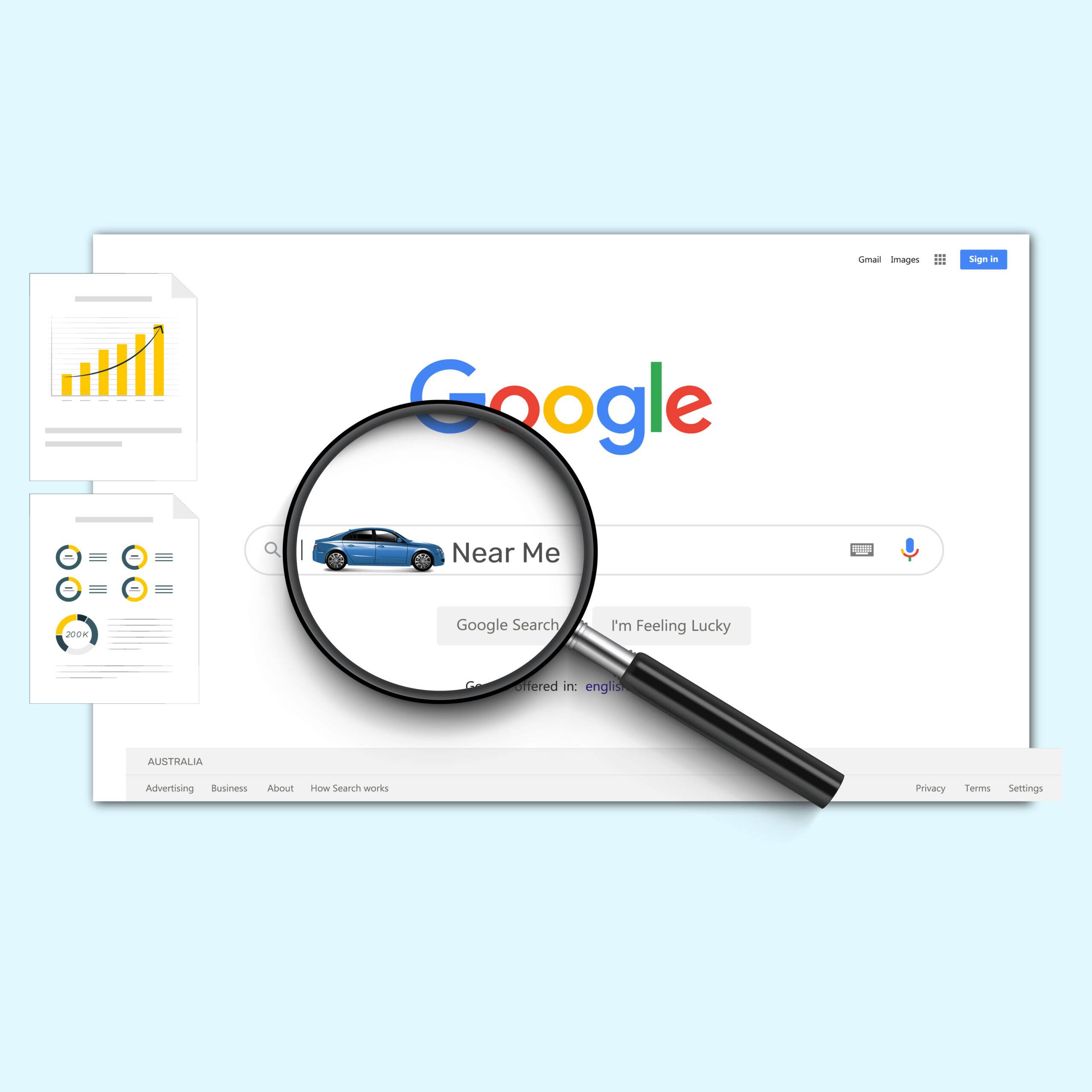
Google Search Console is a powerful tool offered by Google that aids website owners in monitoring their site’s performance in Google Search. It offers insights on enhancing search visibility to draw more relevant traffic. To initiate, users can verify their site on Google Search Console by following Google’s straightforward instructions, such as adding a meta tag to their website’s homepage.
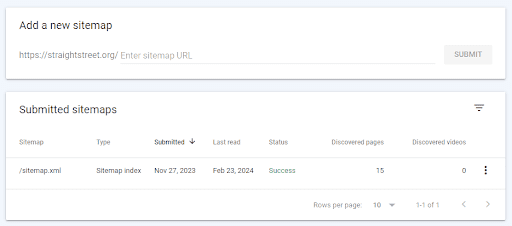
Employing a sitemap is advisable for all websites as it aids Google in better understanding the site structure, thereby optimizing the crawling and indexing of pages, which, in turn, betters search performance.
Moreover, this tool provides a comprehensive overview of your site’s search traffic, highlighting which queries bring users to your site, the quality of your site’s content, and how effectively your site is reaching its intended audience.
With Google Search Console, you can also monitor and resolve common issues such as security threats and manual actions that could impact your site’s visibility. By regularly reviewing and acting on the data and recommendations provided by Google Search Console, website owners can significantly improve their site’s health, user experience, and overall search rankings, ensuring their content reaches and resonates with the right audience.
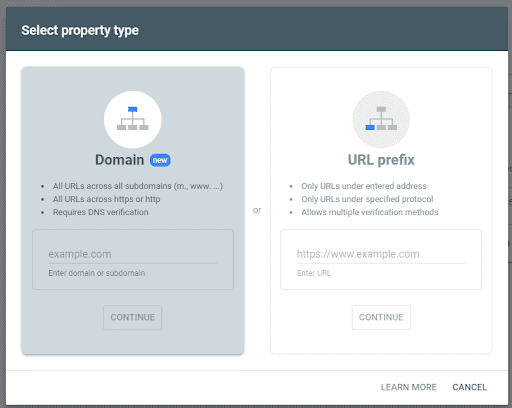
Site verification on Google Search Console can be accomplished via several methods:
Properly setting up users and permissions in Google Search Console is crucial. It allows you to manage who has what level of access and control over various site aspects. This step involves visiting the Cloud Console IAM page, adding users, selecting their roles, and saving the configurations.
By meticulously managing these permissions, you ensure that sensitive site data and functionalities are only accessible to authorized personnel, thereby enhancing the security and integrity of your site’s management.
Additionally, this setup facilitates collaboration among team members, allowing for a more streamlined and efficient handling of SEO tasks. Different roles, such as owner, editor, or viewer, can be assigned to match the level of responsibility and access required for each team member.
This not only prevents unauthorized changes that could negatively impact your site’s SEO performance but also ensures that team members can perform their roles effectively, with access to the tools and data they need.
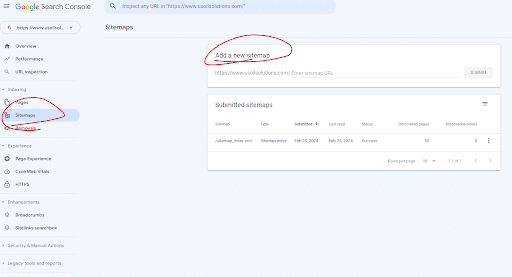
Submitting a sitemap to Google Search Console is highly recommended. It enables Google to more effectively understand your site’s structure, prioritize its crawling and indexing activities, and keep tabs on new or updated content. This proactive step ensures that all your web pages are recognized and evaluated by Google, potentially accelerating their appearance in search results. SEMRush has a great guide on this here.
Moreover, a sitemap submission can significantly aid in identifying and rectifying issues such as broken links or unindexed pages, thus enhancing your site’s overall SEO health. By providing Google with a roadmap of your site, you not only improve its visibility but also enhance the user experience for your visitors by ensuring that they find the most relevant and up-to-date information. Additionally, sitemaps offer valuable insights into how Google interacts with your site, allowing for data-driven adjustments to your SEO strategy.

The decision between using a WWW or non-WWW domain boils down to personal preference. While a WWW domain might offer broader cookie usage across a site, allowing for more flexible subdomain management and distribution of site traffic, a non-WWW domain often results in cleaner, shorter URLs, which some users and marketers prefer for their simplicity and aesthetic appeal.
Despite these differences, this choice has minimal impact on visibility and SEO, as search engines like Google treat both versions equally, provided that they are properly set up and consistently used throughout your site. It’s crucial, however, to ensure that your website is accessible through only one version, with the other version redirecting to it.
This practice prevents duplicate content issues and consolidates your site’s authority, ensuring that all link equity is directed to a single domain. Ultimately, whether you choose a WWW or non-WWW domain should align with your branding strategy and technical requirements, without worrying about significant SEO drawbacks.

Google Search Console offers various reports to aid users in understanding how their site interacts with Google Search. These reports cover aspects such as Index Coverage, Sitemaps, and Search Performance, offering insights into mobile usability, page indexing, and AMP status, among others.
Additionally, the platform provides detailed analyses through the Manual Actions report, which alerts webmasters to any penalties that might be affecting their site, and the Security Issues report, which helps in identifying hacking or malware concerns. Through the use of these comprehensive tools, users can monitor their site’s health, optimize for better search engine ranking, and enhance the overall user experience.
The Core Web Vitals report is another crucial feature, offering data on page speed and user interaction metrics, which are vital for understanding and improving site performance in line with Google’s latest ranking factors. By leveraging these insights, website owners can make informed decisions to refine their SEO strategies, address potential issues proactively, and capitalize on opportunities to increase visibility and traffic.
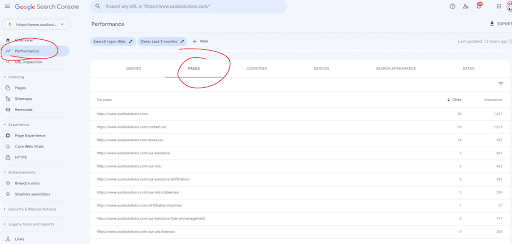
The Search Performance report within Google Search Console reveals which queries drive traffic to your site and identifies the most-clicked pages. This insight is invaluable for optimizing high-performing pages and enhancing those that underperform. By analyzing trends in clicks, impressions, click-through rates (CTR), and average position, webmasters can pinpoint exactly what content resonates with their audience and why.
This data not only guides the refinement of SEO tactics for existing content but also informs the strategy for new content creation, ensuring it’s aligned with user search intent and capable of competing effectively in search rankings.
Furthermore, understanding the geographic distribution of your audience and the devices they use can tailor your optimization efforts more precisely, improving user experience and potentially increasing conversion rates. Leveraging this report effectively allows for a targeted approach to SEO, turning insights into action for measurable improvements in site performance and visibility.
Google Search Console’s reports and tools, like the Index Coverage and Search Performance reports, provide a wealth of information on how Google crawls, indexes, and presents your website in search results. This platform is instrumental in tracking a website’s performance over time and identifying areas for improvement.
Beyond these capabilities, it offers insights into the specific issues that may be hindering your site’s visibility, such as crawl errors, security issues, or pages marked with a no-index directive that prevents them from appearing in search results.
The URL Inspection tool further complements these reports by allowing webmasters to view a page as Google sees it, providing critical data on the page’s indexability, mobile-friendliness, and schema markup.
By leveraging these insights, website owners can make precise adjustments to their SEO strategy, enhance their site’s structure, and improve content relevance. This proactive approach ensures that your website not only meets Google’s standards for quality and accessibility but also stands out in the competitive digital landscape, driving more organic traffic and engagement.
Google Search Console provides detailed metrics, such as clicks, impressions, CTR (click-through rate), and average position, essential for monitoring and enhancing your site’s search performance.
It offers a comprehensive overview of your site’s visibility and identifies potential areas for optimization. These metrics allow you to gauge the effectiveness of your SEO strategies and pinpoint specific content that resonates with your audience.
By analyzing fluctuations in these key performance indicators, you can discern the impact of algorithm updates, seasonal trends, or changes in user behavior. Additionally, the tool enables you to drill down into the data by filtering for specific queries, pages, countries, and devices, offering granular insights that can inform targeted improvements.
For instance, understanding which pages have a low CTR despite a high average position could indicate opportunities to optimize meta titles and descriptions for better engagement. This level of detail empowers webmasters to make data-driven decisions, fine-tuning their website to cater more effectively to their target audience and capitalize on emerging opportunities to boost their site’s search engine visibility and performance.

Ensuring your site is optimized for mobile devices is crucial in today’s digital landscape. This involves implementing a responsive design, using legible font sizes, and making navigation elements easily interactable on smaller screens.
Additionally, optimizing for mobile goes beyond just the visual aspects; it includes improving page load times by optimizing images and leveraging browser caching, which are critical for keeping mobile users engaged.
Google’s emphasis on mobile-first indexing underscores the importance of a mobile-optimized site for SEO rankings. It’s also essential to ensure that all clickable elements are spaced adequately to avoid user frustration and that forms are simplified for easy completion on mobile devices.
Integrating accelerated mobile pages (AMP) can further enhance the mobile user experience by enabling lightning-fast loading of content. By prioritizing mobile optimization, you not only cater to the growing number of users accessing the web via smartphones and tablets but also align your site with Google’s guidelines, improving your visibility and performance in search results.

Google Search Console offers a unique perspective on how Google views and interacts with your site. By leveraging the insights and tools provided, such as the Index Coverage and URL Inspection tools, website owners can significantly improve their site’s visibility and performance on Google Search.
These tools allow for a deep dive into the indexing status of your pages, highlighting any issues that might prevent them from appearing in search results, such as errors, warnings, or exclusions. The URL Inspection tool, in particular, offers detailed feedback on specific URLs, revealing whether a page can be indexed and any problems that might hinder its performance.
Embarking on your Google Search Console journey equips you with the knowledge and tools necessary to enhance your website’s performance in Google Search. This includes optimizing your site based on real-world data, identifying and fixing crawl errors, improving site structure, and ensuring that your content is both high-quality and SEO-friendly.
Additionally, the Search Performance report provides valuable insights into how users find your site, which queries are most effective, and how you can adjust your content strategy to meet your audience’s needs better.
Whether you’re aiming to increase visibility, improve SEO, or simply understand how Google interacts with your site, Google Search Console is an invaluable resource for achieving your digital goals. By taking full advantage of the data and tools it offers, you can make informed decisions that drive traffic, enhance user experience, and elevate your site’s ranking in search results.
